Nai'a
Nai’a is a 120-foot motor sailer retrofitted to provide comfort for all divers. The large dive deck has plenty of room to move around and get your gear on, take care of your cameras and to board the skiffs. The expert crew will take care of everything else. Common areas include a gorgeous salon constructed with Fijian hardwoods, a “pulpit” on the bow – the prime location for spotting whales and dolphins, and a sun-drenched top deck. Although the facilities onboard are wonderful and the diving fantastic, it’s the dedicated Fijian crew that makes your trip a truly exceptional experience.
Nai’a departs conveniently from Lautoka, just 30 minutes away from Nadi airport on 7- and 10-night itineraries around Fiji’s best diving spots. The core of the NAI'A family is her Fijian crew. On each charter, you'll be cared for by fourteen of the friendliest and most able sailors anywhere. Fijians are among the warmest, most welcoming people on earth, so it is no wonder that NAI'A's clients consistently rate the crew as the very best in the business. In addition to the Fijian crew you will get to know the Cruise Directors, passionate and well-travelled divers themselves, who are the bridge between the crew and the passengers.
NAI'A has accommodation for 18 passengers in 9 air-conditioned staterooms with private ensuite heads. All the staterooms were entirely rebuilt in 2010 and are larger than those on most dive vessels with plenty of stowage for gear. They are bright, airy, and comfortable and have both 110v and 220v power.


Bligh Water
UndeNAI'Able
One of several reefs on the northern side of Bligh Water, UndeNAI’Able consists of one large and two smaller sloping pinnacles that top out just below the surface. They concentrate schools of trevally and barracuda and the hard coral supports all the usual suspects including several of Fiji’s endemics: the Fiji anemone fish, flasher wrasse and Terry’s dwarfgobie.
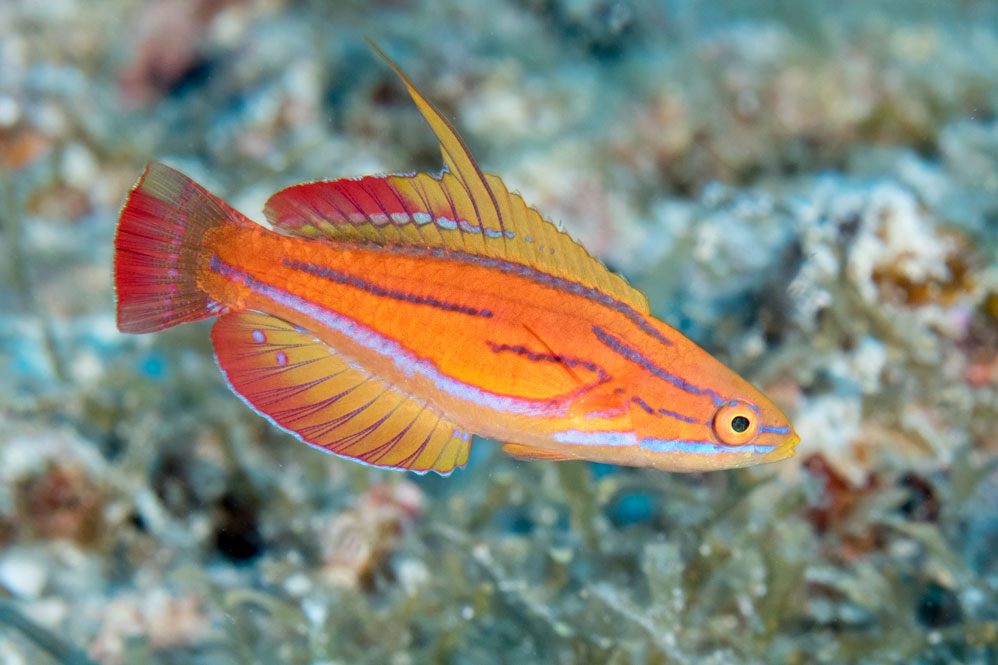
Cat's Meow
This dive site lies in deep water but is protected from the swell by the Vuya barrier reef. The name says it all: Rob named it for his wife, Cat Holloway, because it was the best dive site he'd ever seen. Much of the gorgeous soft coral featured in the IMAX film Coral Reef Adventure was shot here.
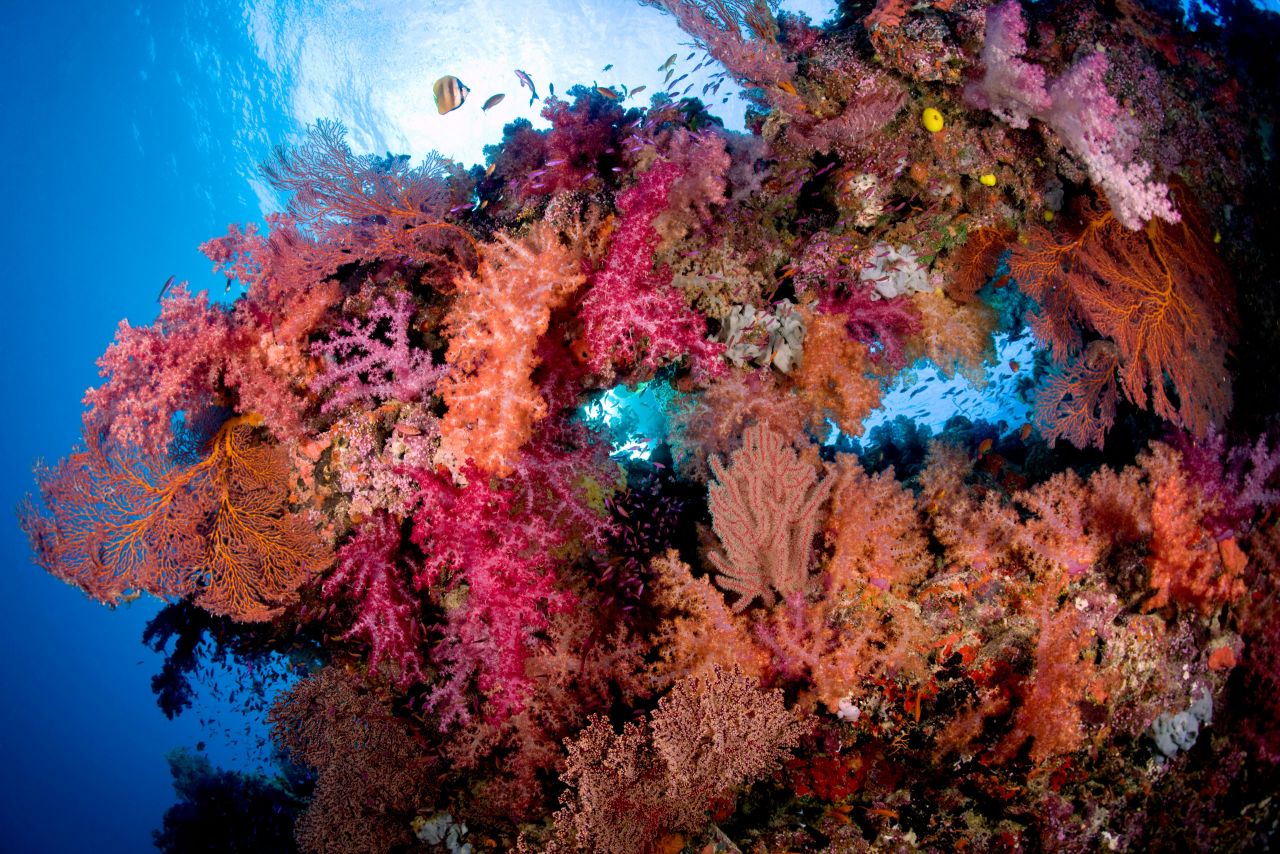
Vatu-i-ra
There are seven very distinct dives on the Vatu-i-ra barrier reef, several of which are among the best coral reef dives in the world. The barrier reef protrudes north from Viti Levu into the Vatu-i-ra Channel, narrowing the channel to only 4.5 miles across. This is the same body of water that supports E-6 and Mt. Mutiny.
The area is regularly flushed by currents, which is why the reefs are so healthy. But our intimate experience in Vatu-i-ra over many years has taught us how and when to dive there so that we can tour the glorious reefs without having to fight the currents that make them so rich.

Mt.Mutiny
Mount Mutiny is a seamount similar in many ways to E-6, yet much smaller, located only four miles away. It’s named in honor of both Captain Bligh, who charted it as he passed nearby shortly after the mutiny on the Bounty, and the passengers on a NAI'A charter who threatened mutiny unless they were allowed to dive the seamount again and again. Diving is very much like E-6 in terms of pelagics and other fish life. A highlight is the wall of unusual thin-stalked Chironephthya soft coral in a broad range of colors which blankets the south flank of the pinnacle. This is one of the single prettiest soft coral dives anywhere.
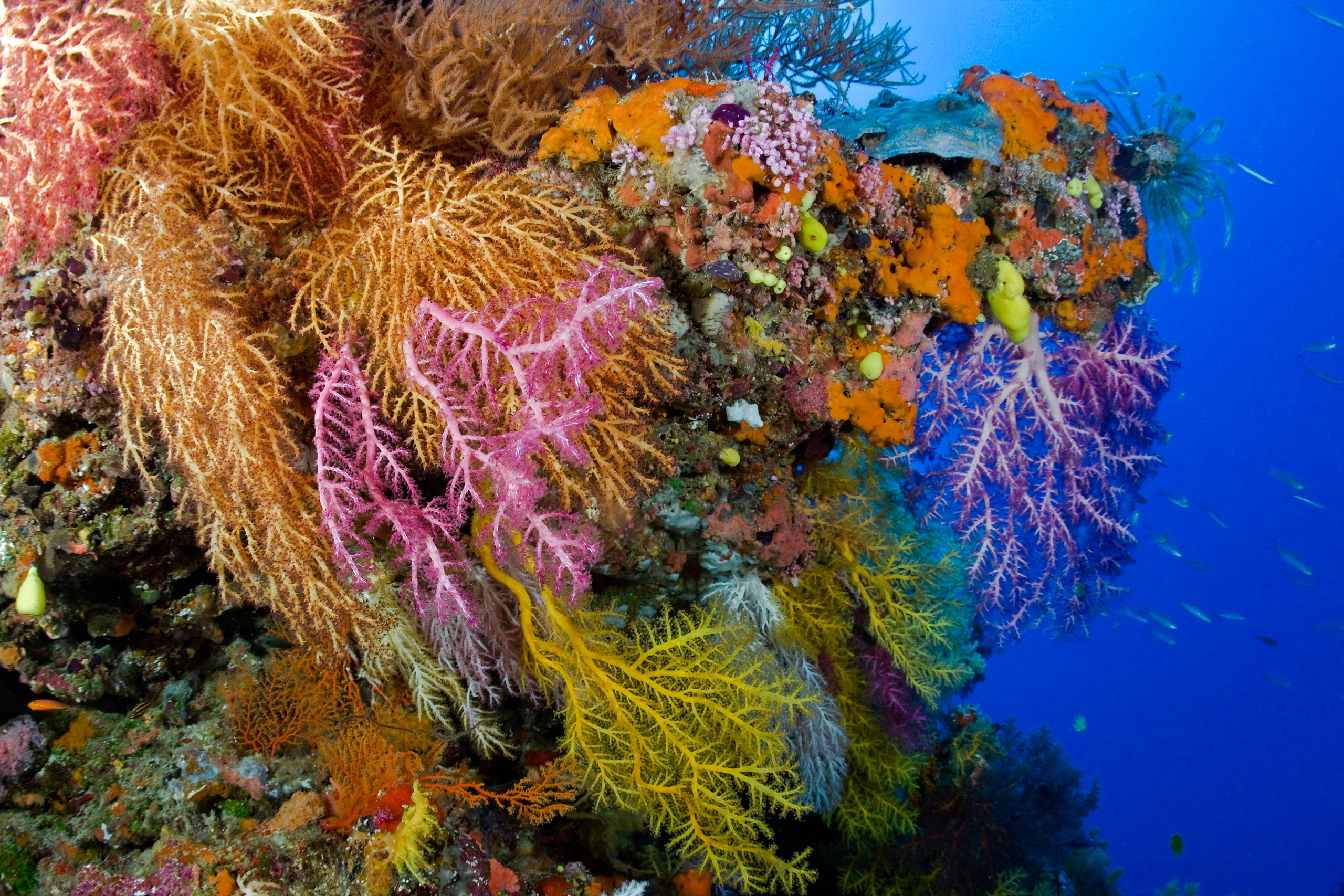
E-6
A seamount rising sheer-sided from 3,000ft right in the center of the narrowest part of Bligh Water's Vatu-i-ra channel, E-6 intercepts the flow of nutrients funneled between the two large islands of Viti Levu and Vanua Levu. Extraordinary diving! Pelagics are normally found on the two sides of the pinnacle flushed by currents, while delicate soft corals and fans decorate the protected lee side where NAI'A moors. Dives at E-6 feature schooling barracuda, trevally, and surgeonfish, occasional hammerhead sharks and eagle rays, and a plethora of reef fish including anthias, fusiliers, and leaf scorpionfish. Rob discovered both E-6 and Mount Mutiny from the air, having chartered a private plane to scout potentially good dive areas in waters not normally frequented.
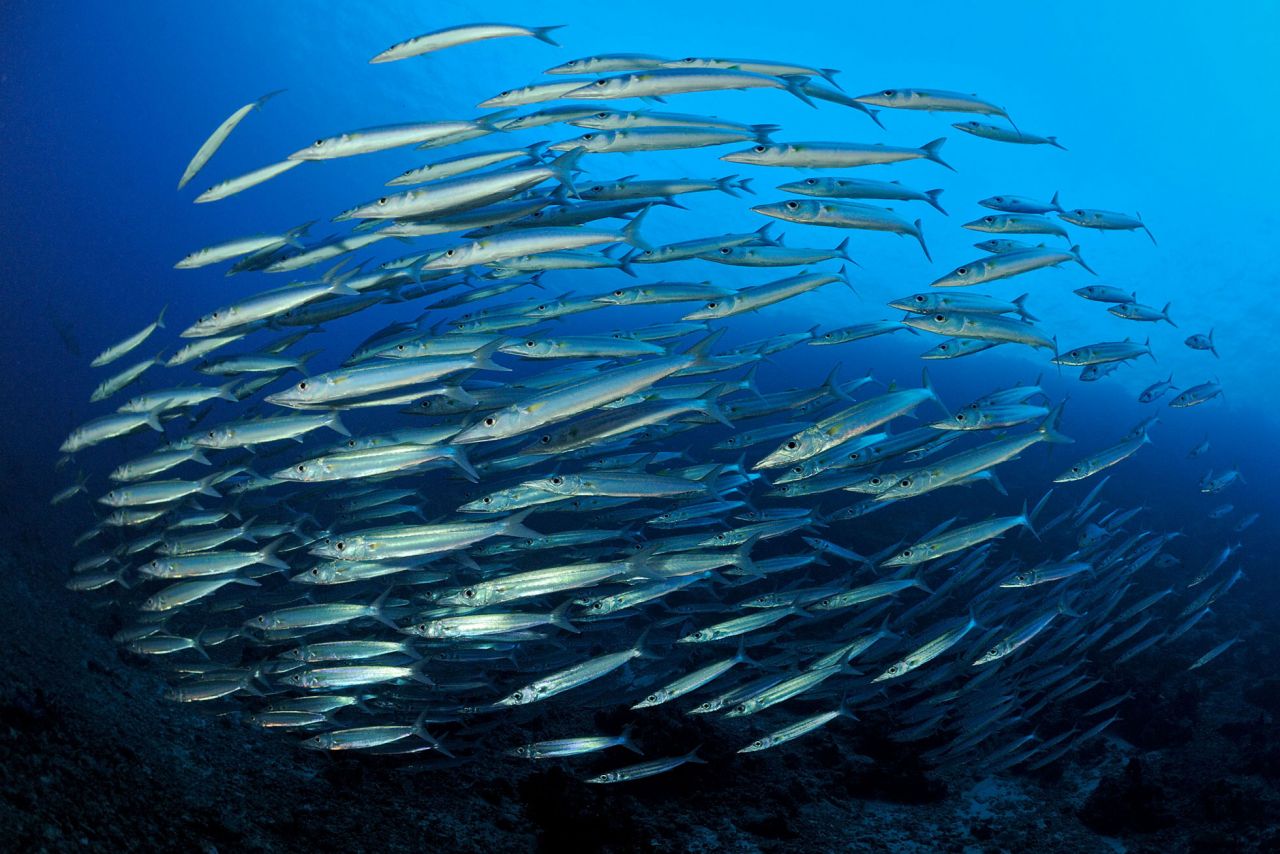
Namena Marine Reserve
North Save-a-tack Passage
This dive site has it all: concentrated schools of big fish and beautiful soft coral bommies. Descend into the blue and level off at 95’ at an expansive sandy bottom alongside a sheer drop-off from which dogtooth tuna, grey reef sharks and the occasional scalloped hammerhead come in to upset things. The bottom camouflages a few large, over-fed grouper waiting to nail any fish staying low to hide from the grey reef sharks swimming among barracuda and trevally schools overhead. When your computer finally signals the end of your time on the plateau among the big guys, the current carries you deeper into the channel, where a line of bommies rise nearly to the surface. Two of the bommies are connected by an arch and all are alive with color: gorgonia fans, black coral, soft coral, and every reef fish imaginable. As if this weren't enough, allow yourself to drift even further into the channel to Kansas, a small bommie covered with Sinularia soft coral which looks just like wheat fields swaying in the wind. This spot deserves at least two days of diving to appreciate fully.
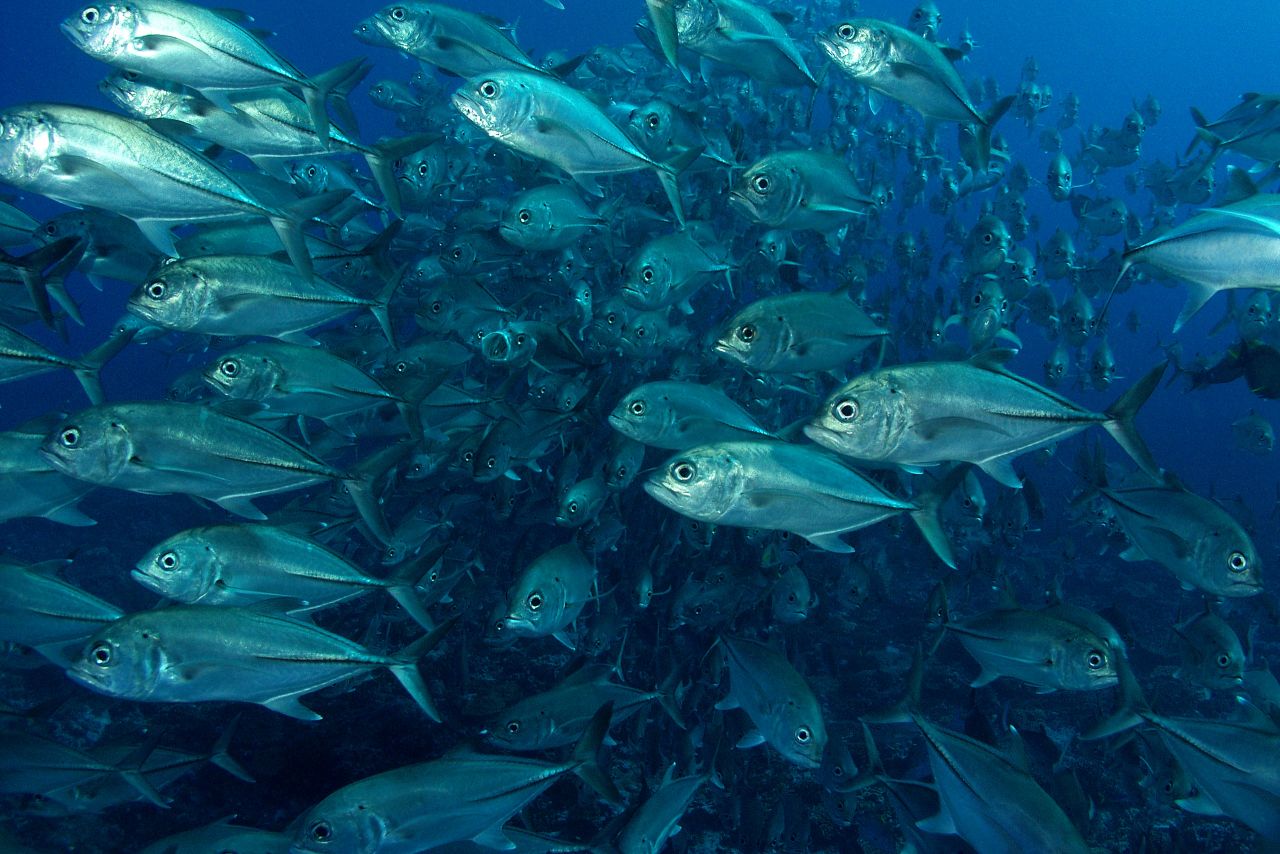
Two Thumbs Up, Tetons, Mushrooms
Each of these distinct dive sites on Namena’s southerly barrier reef consists of two pinnacles of pleasure rising from 60-90’ to 15’ and covered in fans and soft corals as thick and colourful as any in Fiji – the perfect sites for wide angle photographers. But, just to make you question your choice of lens, the bottom is littered with jawfish, shrimp gobies, fire dartfish, adhesive anemones and assorted juveniles, while the pinnacles have more nudibranchs and pipefish than you can poke a stick at. Large coral trout divide their time between tormenting schools of paddletail snapper and receiving the once-over by cleaner wrasses. Hundreds of garden eels cover the sandy bottom. Towards the top of the pinnacles are cleaning stations that harbour hingebeak, jelly and humpback cleaner shrimp. And at the very tops, look in the patches of turtle weed for leaf gilled slugs – one of the most impressive nudibranchs around.

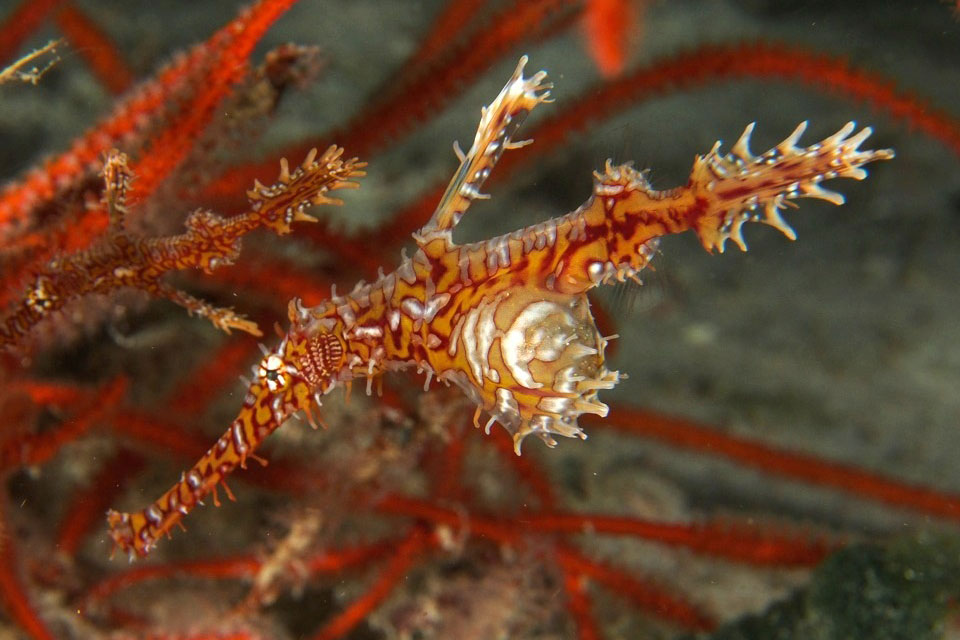
Koro Sea
Gau: Jim's Alley & Anthias Avenue
Jim's and Anthias are soft coral gardens in shallow water, home to zillions of reef fish. They are prime examples of the kind of soft coral diving for which Fiji is famous. Cluttered with multihued soft coral and nearly every kind of reef fish known, they often leave divers in awe. As an added bonus, they are a regular stop for four or five mantas, who can frequently be found feeding in the adjacent channel during the waning tide. Macro photographers, too, love them because of the profusion of little creatures living among the hard corals, soft corals, and fans.
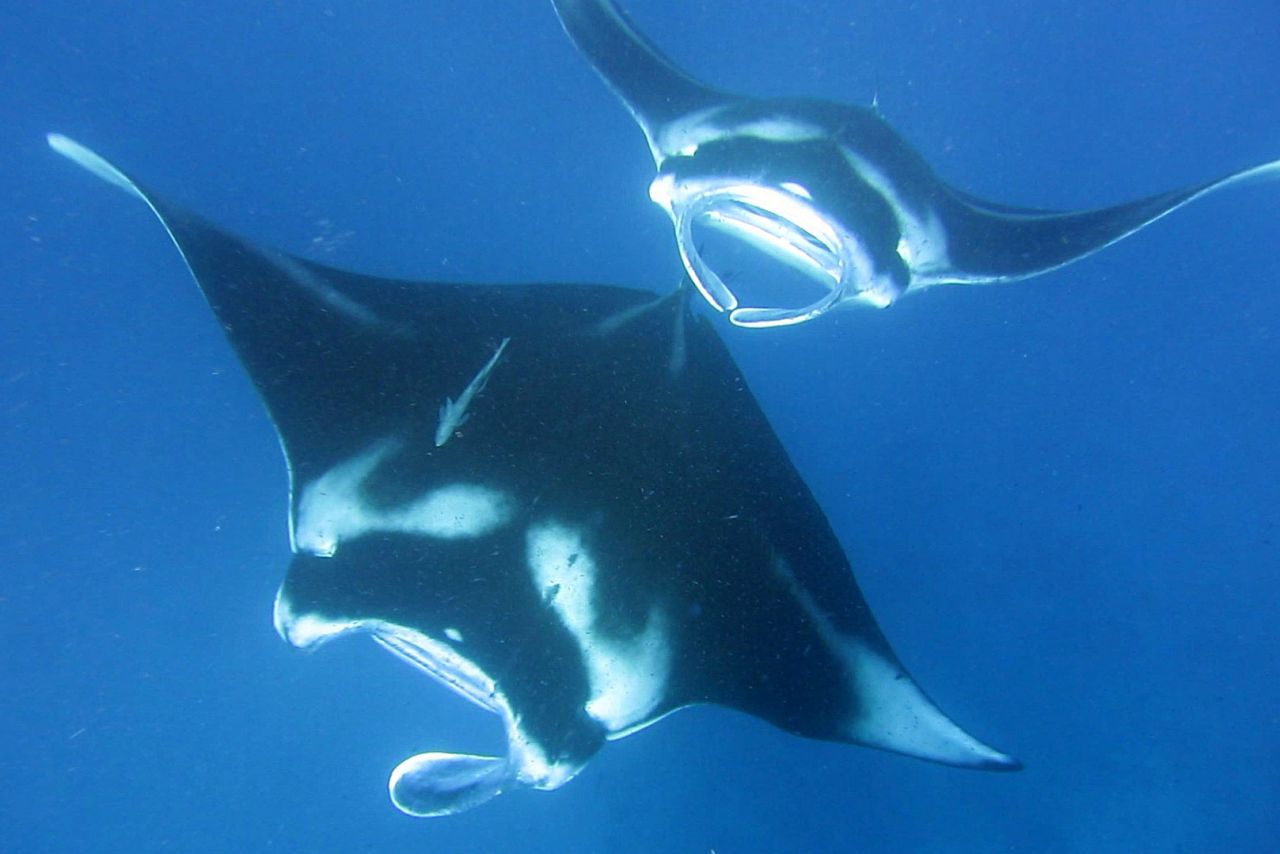
Gau: Nigali Passage
This narrow channel through the surrounding barrier reef concentrates pelagics from miles around. Home to 10-25 female grey reef sharks and their offspring, the passage also concentrates a huge school of trevally, three age-segregated schools of barracuda, several big Malabar grouper and an annoying concentration of fish we call snapass (one reference calls them snapper; one calls them bass). People tend not to notice because of all the big fish, but the edges of the passage and the bommies in the shallows are entirely lined in gorgeous soft coral. The incoming current in Nigali does not coincide with rising tide as one might expect, but with two decades of experience diving there, we have become expert at diving the channel during its optimum four hour window of opportunity.
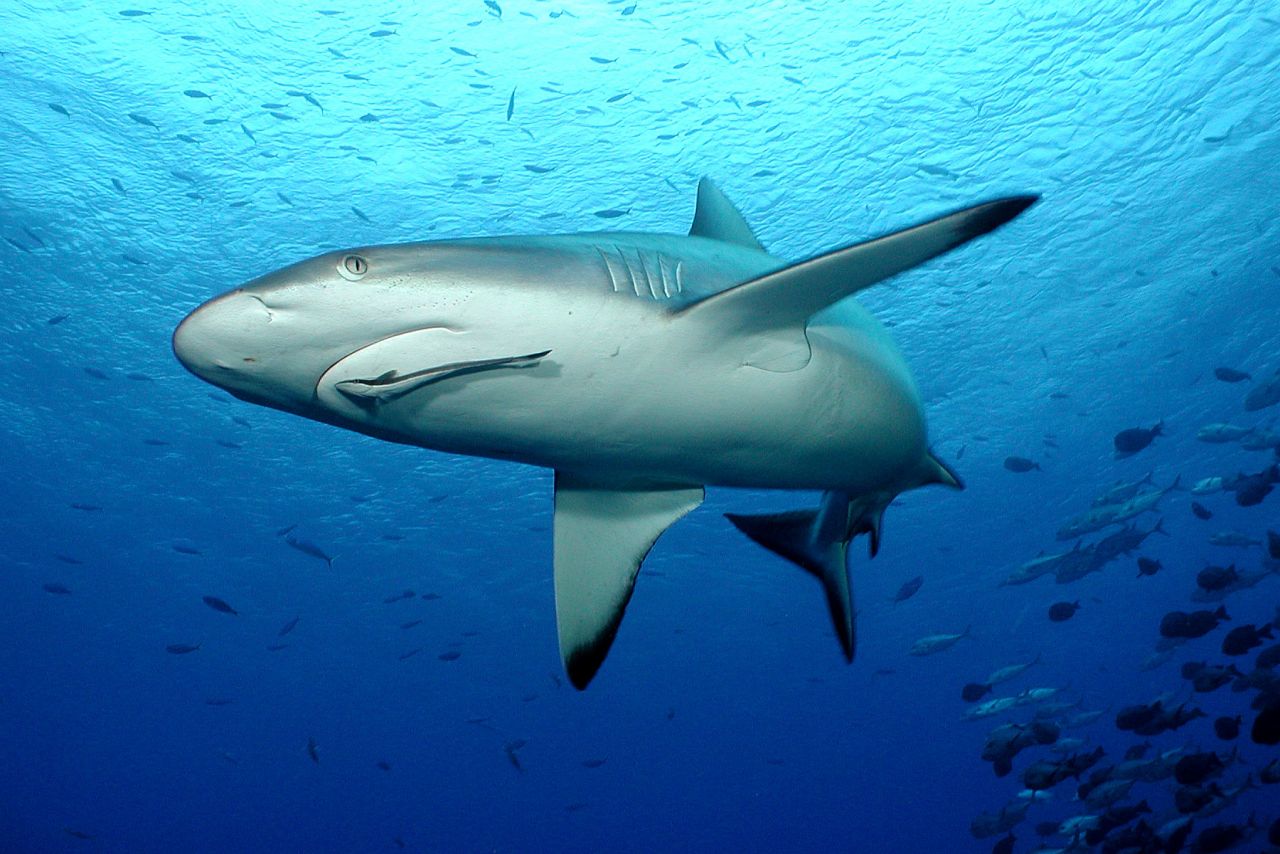
Wakaya
Our dive sites are along the edge of the barrier reef bordering a 3,000ft deep channel that leads to the Vatu-i-ra Passage and through which pass humpback, sperm and pilot whales. During dives we often see resident manta rays at cleaning stations and hammerhead sharks frequently come up to check us out. Grey reef and whitetip sharks are resident along the drop-off but it is the healthy coral and the critters that live in it that often excite divers the most: blue-ribbon eels, leaf scorpionfish and posing lionfish. The shelf just above the deep drop-off is home to the very rare Helfrich’s dartfish.
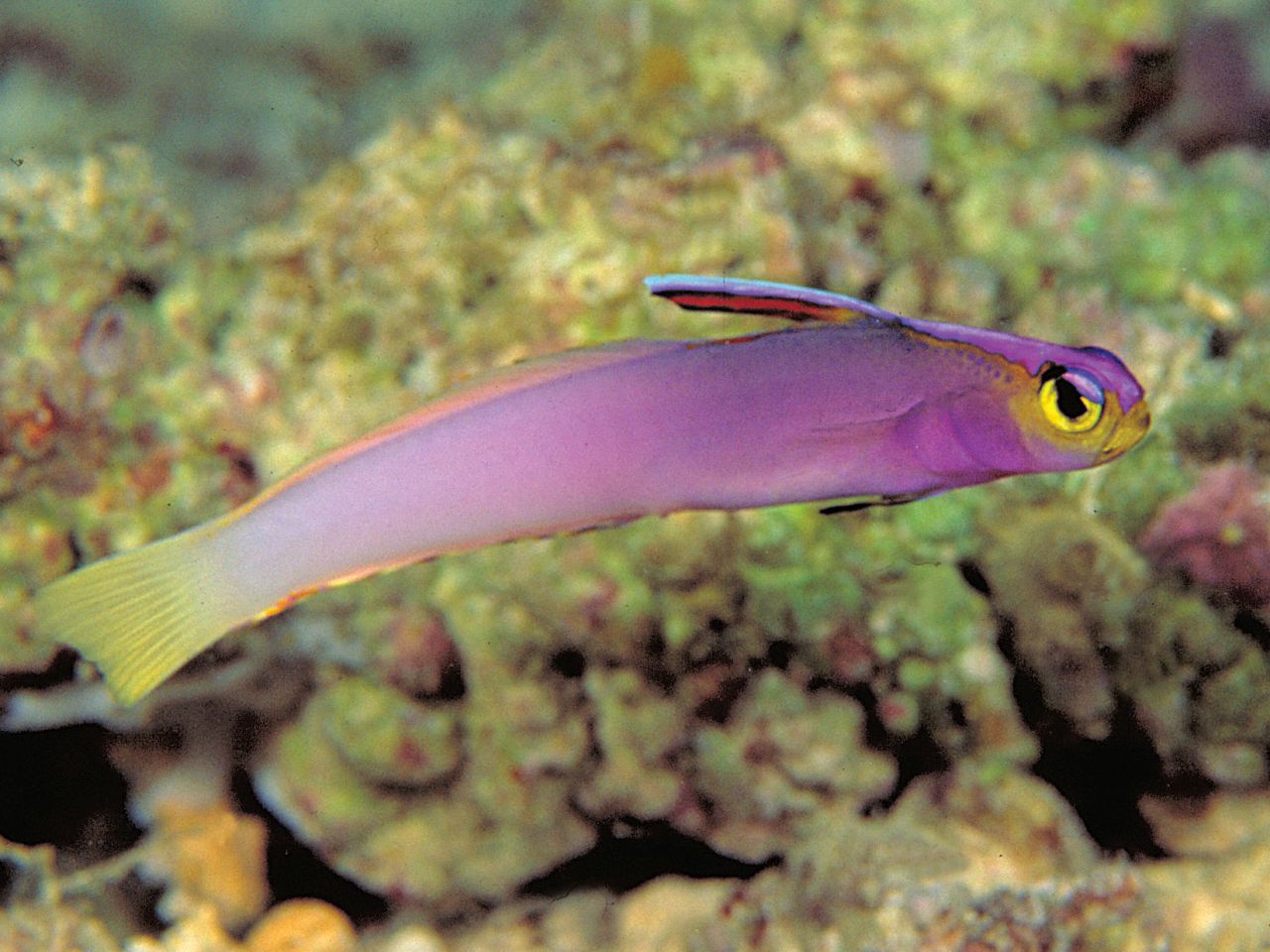
Makogai
This is serious critter diving: several small bommies rise close to the surface from a rubble bottom in 30-40ft. The quality rubble is home to ghost pipefish, dragonets, all manner of nudibranchs and, frequently, octopus. In crevices and caves in the bommies live scorpionfish while pygmy seahorses decorate gorgonian coral.
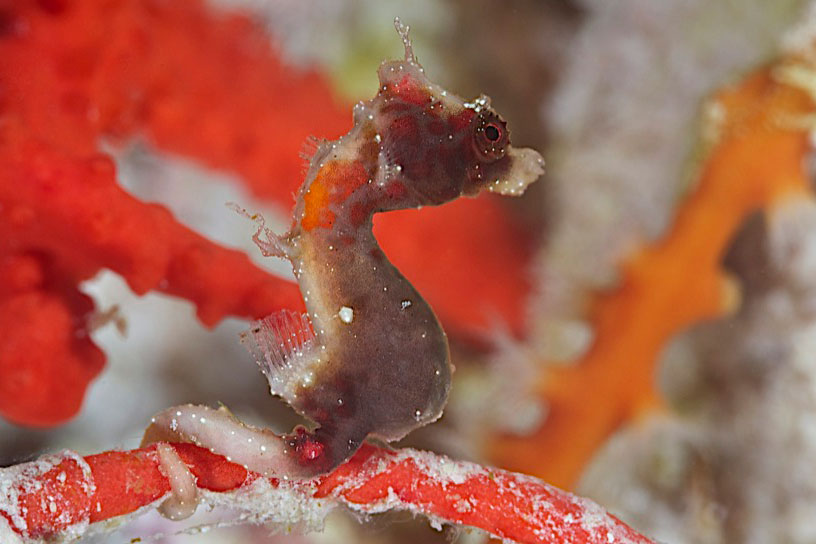
Explore More...
Why does Fiji have the World's Best Diving?
The NAI’A itinerary appeals to both experienced and beginning divers. Until NAI’A opened up flourishing new areas, few people had ever experienced the untamed diving Fiji has to offer. Rob and the NAI'A crew have explored all corners of the country diving on nearly every promising reef or passage. The standard itinerary encompasses the absolute pick of that crop. And the daily schedule is carefully designed to provide maximum quality time underwater.
Here are 9 reasons why Fiji's diving is so magnificent...
* Fiji is located in the middle of the Pacific Ocean, far from the major continents and their pollution and overpopulation.
* Fiji anchors one corner of the Coral Triangle. It is the last big reef structure for species hopping east from Indonesia.
* Fiji is the first major reef structure encountered by species driven by trade winds and currents from the east.
* Fiji’s reefs are diverse and distributed around and between more than 300 islands ranging from atolls to cloud forests.
* Fiji’s water temperature is in the perfect range for varied and rapid coral growth which equals good fish populations.
* Fiji, particularly central Fiji, has just the right balance of rain and runoff to provide nutrients to coral and fish. And the upwelling caused by the deep current that surges through the Vatu-i-ra channel brings nutrients up from the deep.
* Fiji’s barriers reefs protect the reefs in central Fiji from damaging waves and provide seed reefs and plenty of new recruits no matter which way the current is running.
* Scientists have established that the Lomaiviti area contains “globally significant habitats, species and natural processes” and supports some of the highest fish abundance and biomass in the Indo-Pacific.
* Central Fiji has displayed exceptional resilience to and recovery from coral bleaching.
https://vimeo.com/207562528?embedded=true&source=vimeo_logo&owner=63882117
